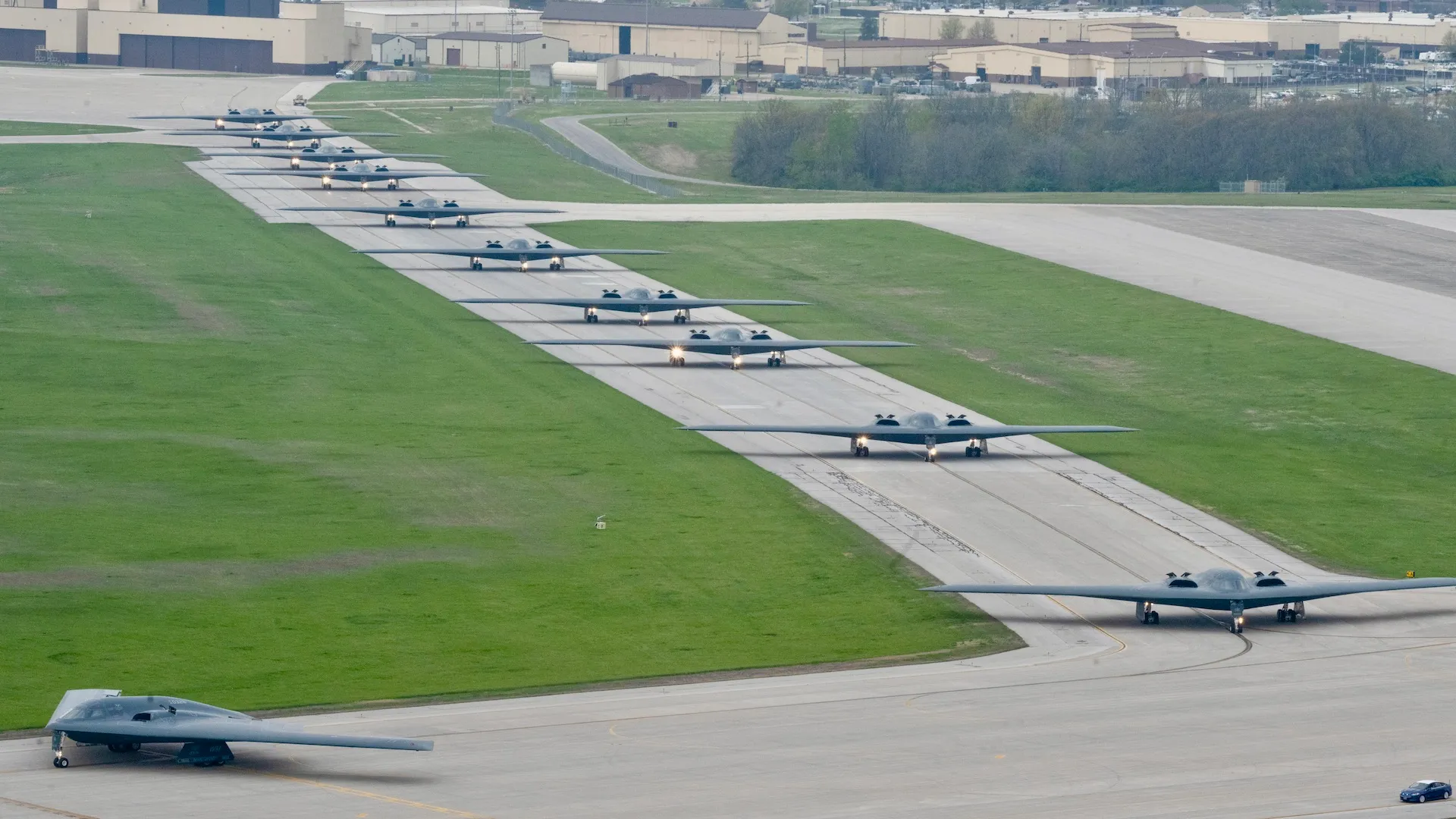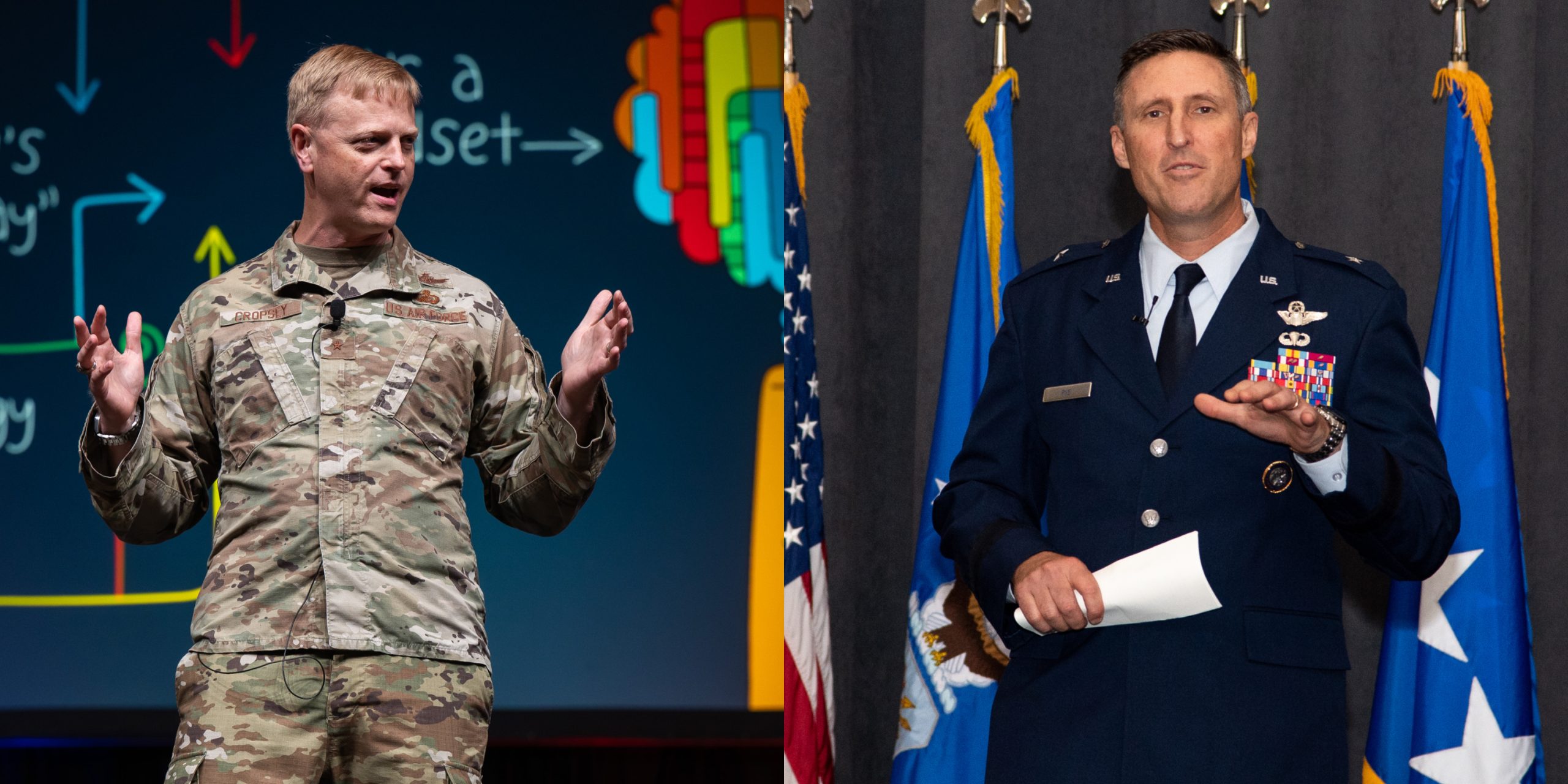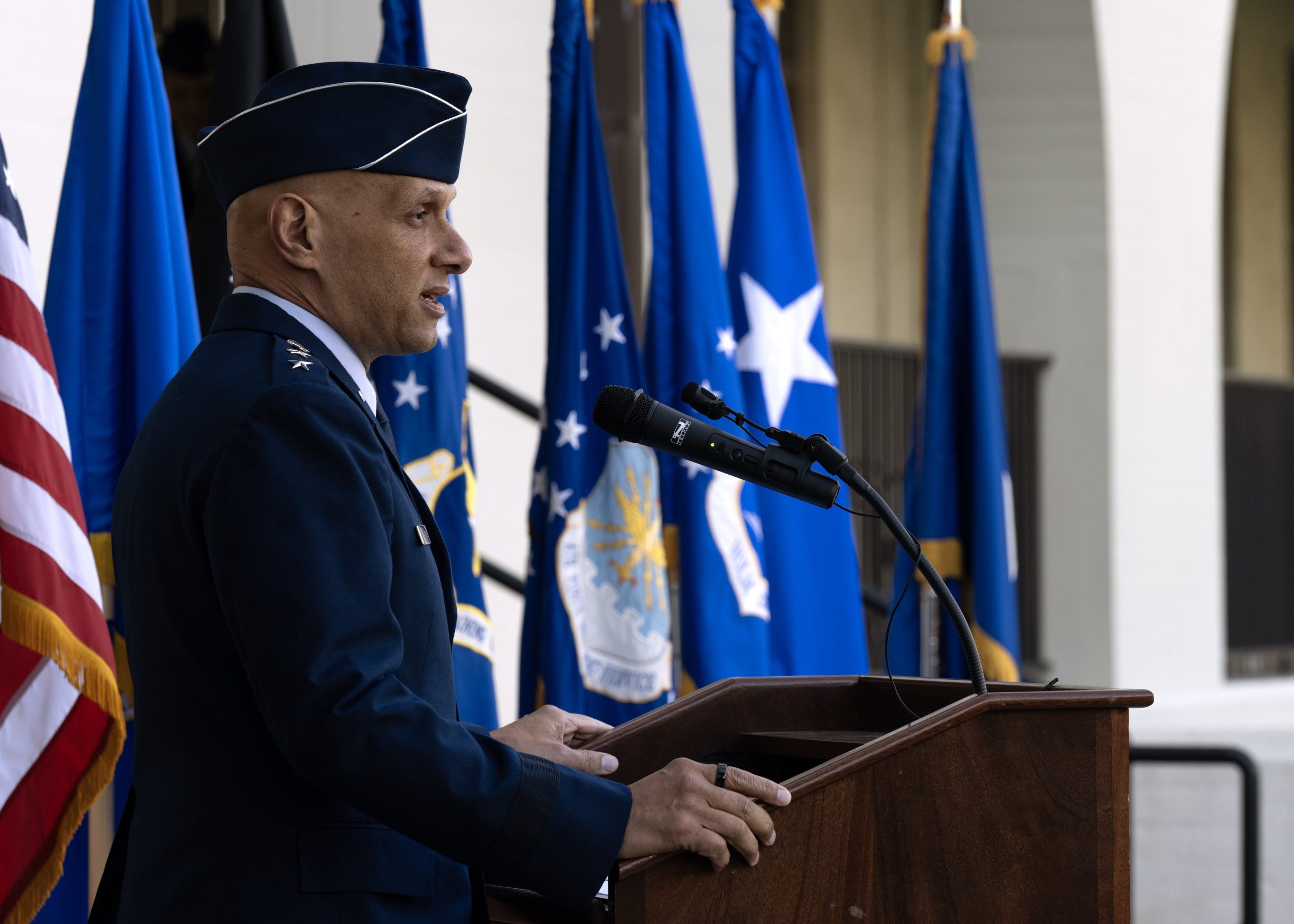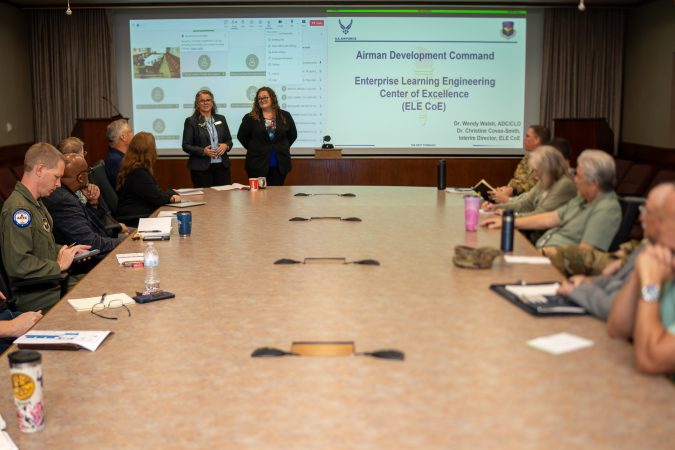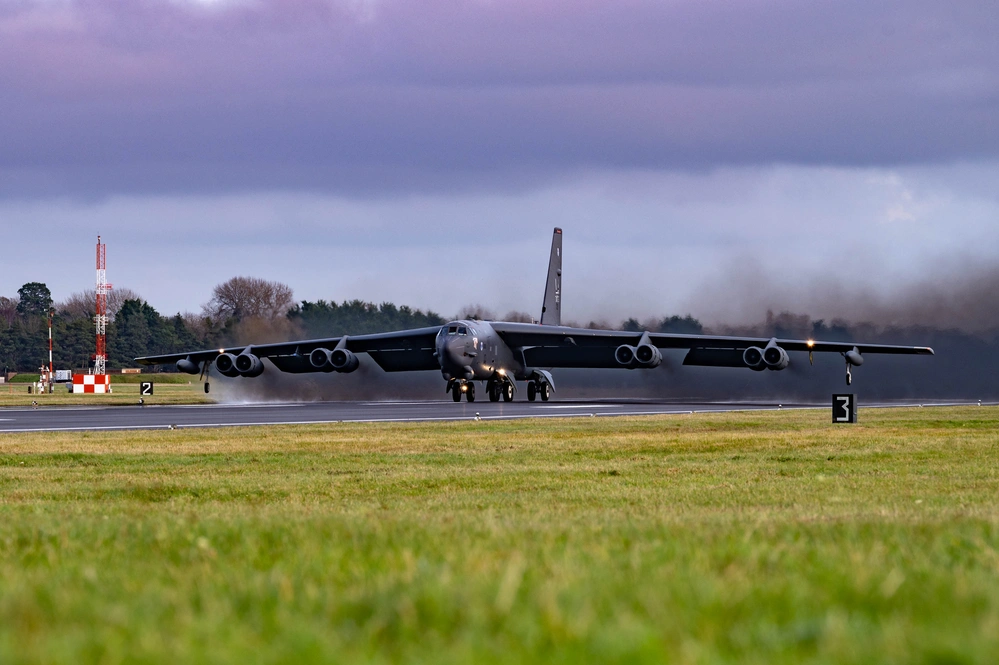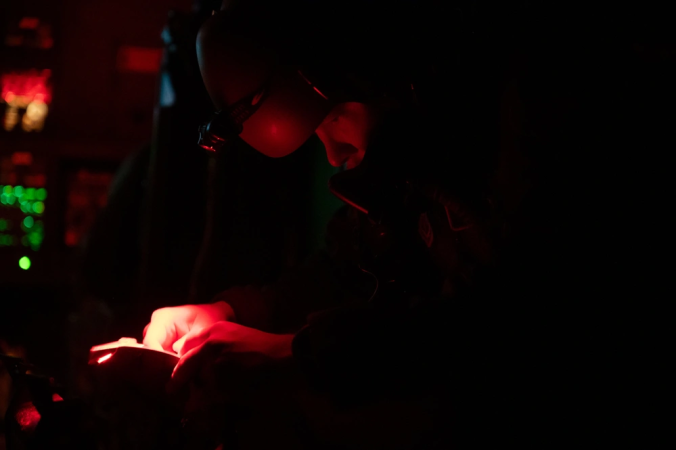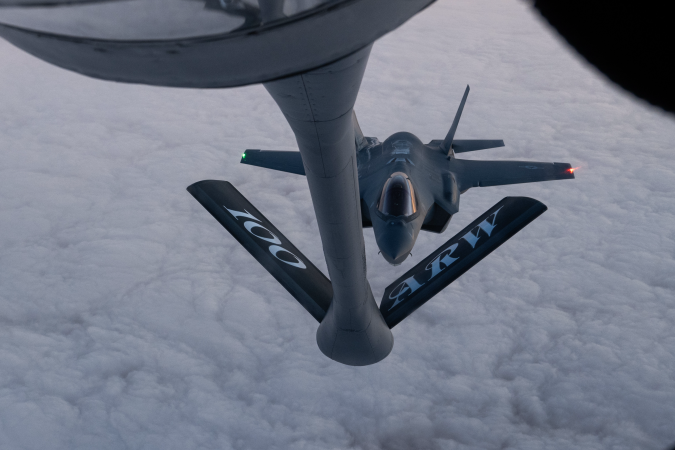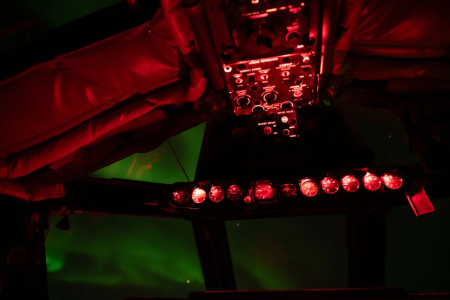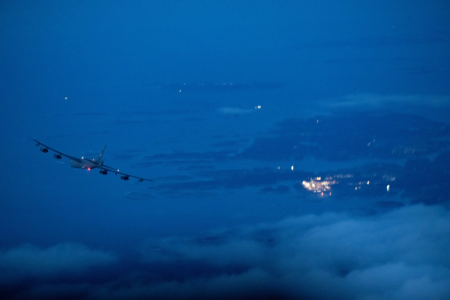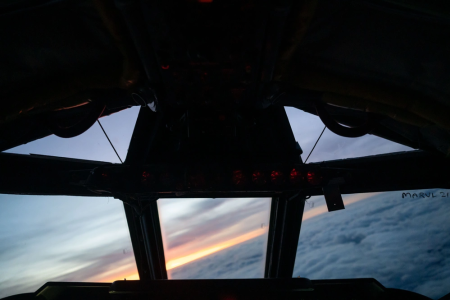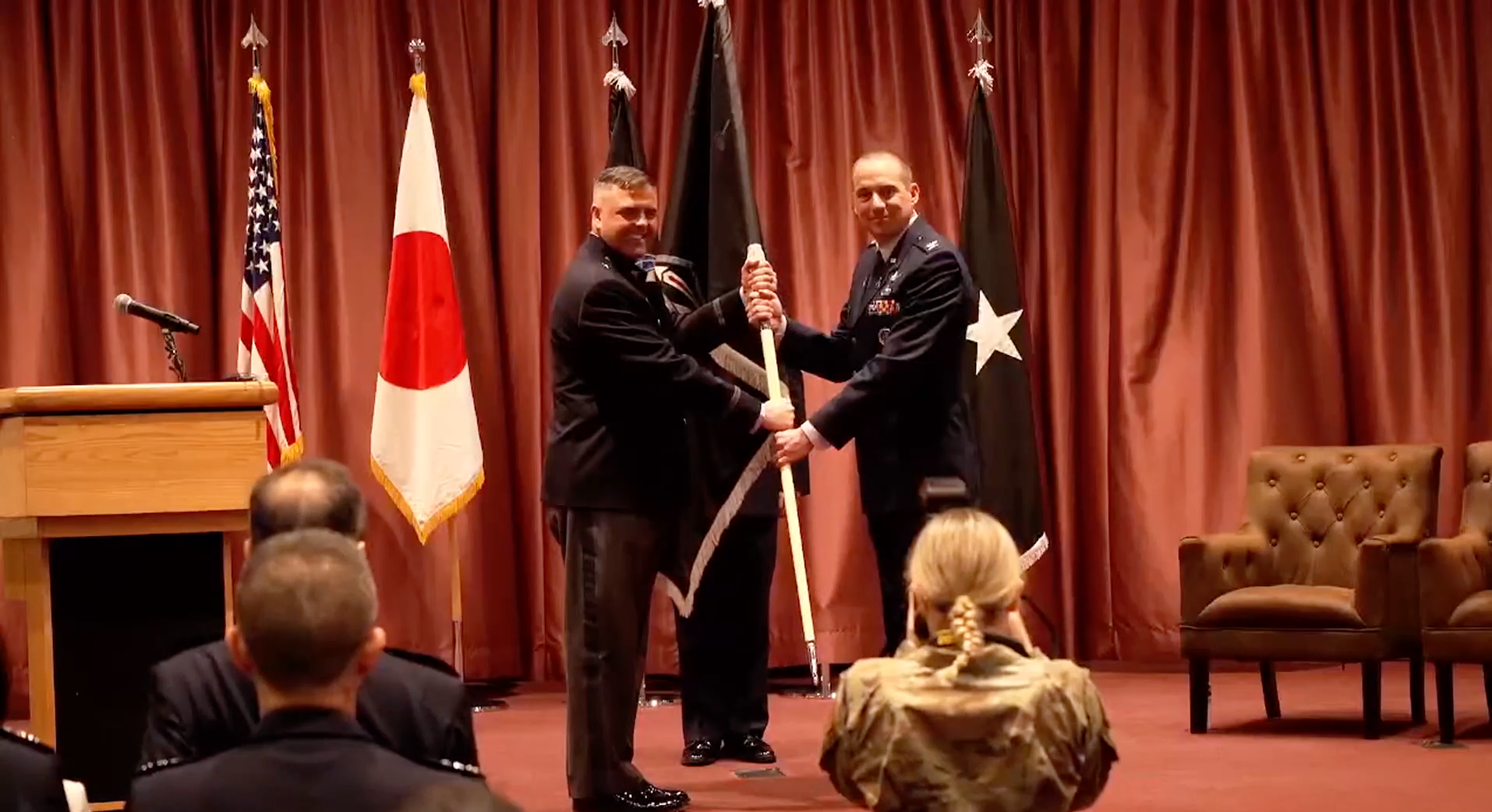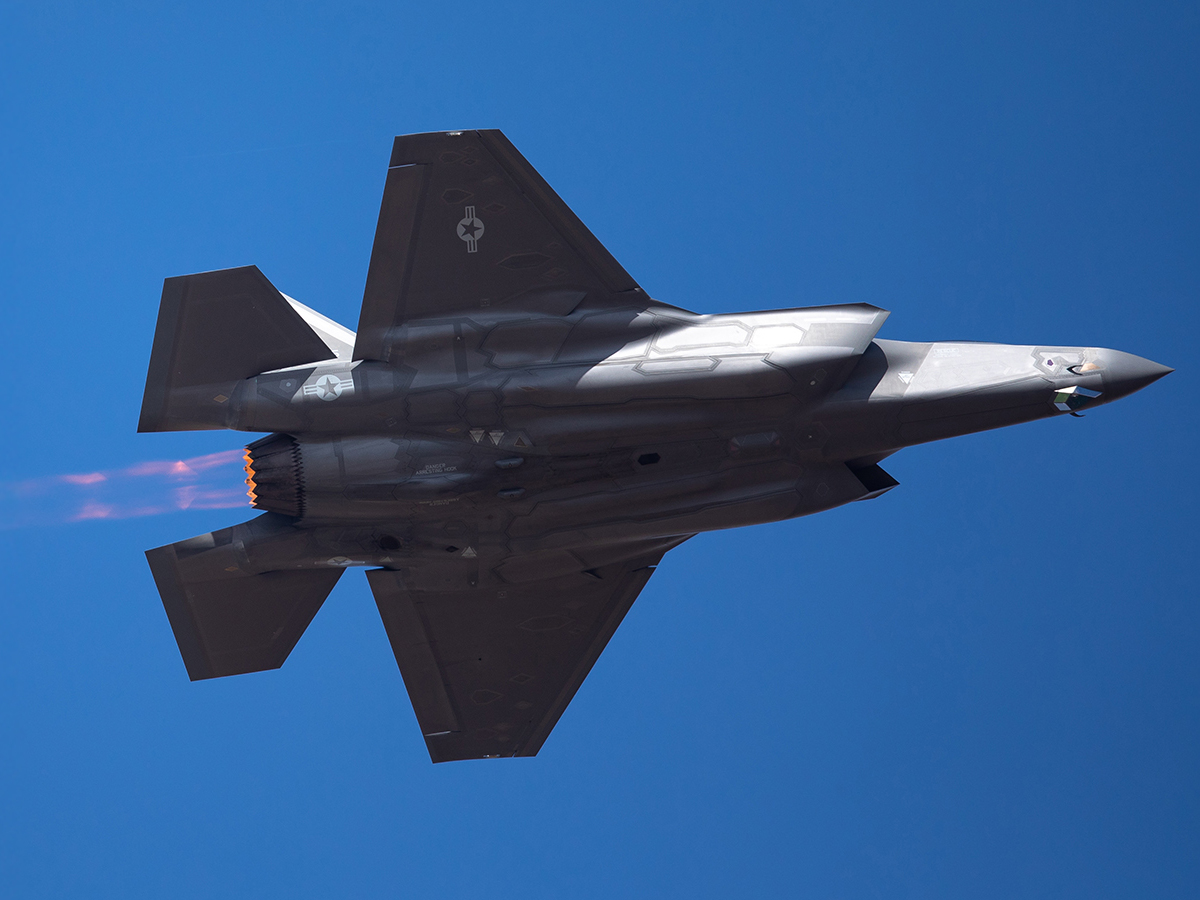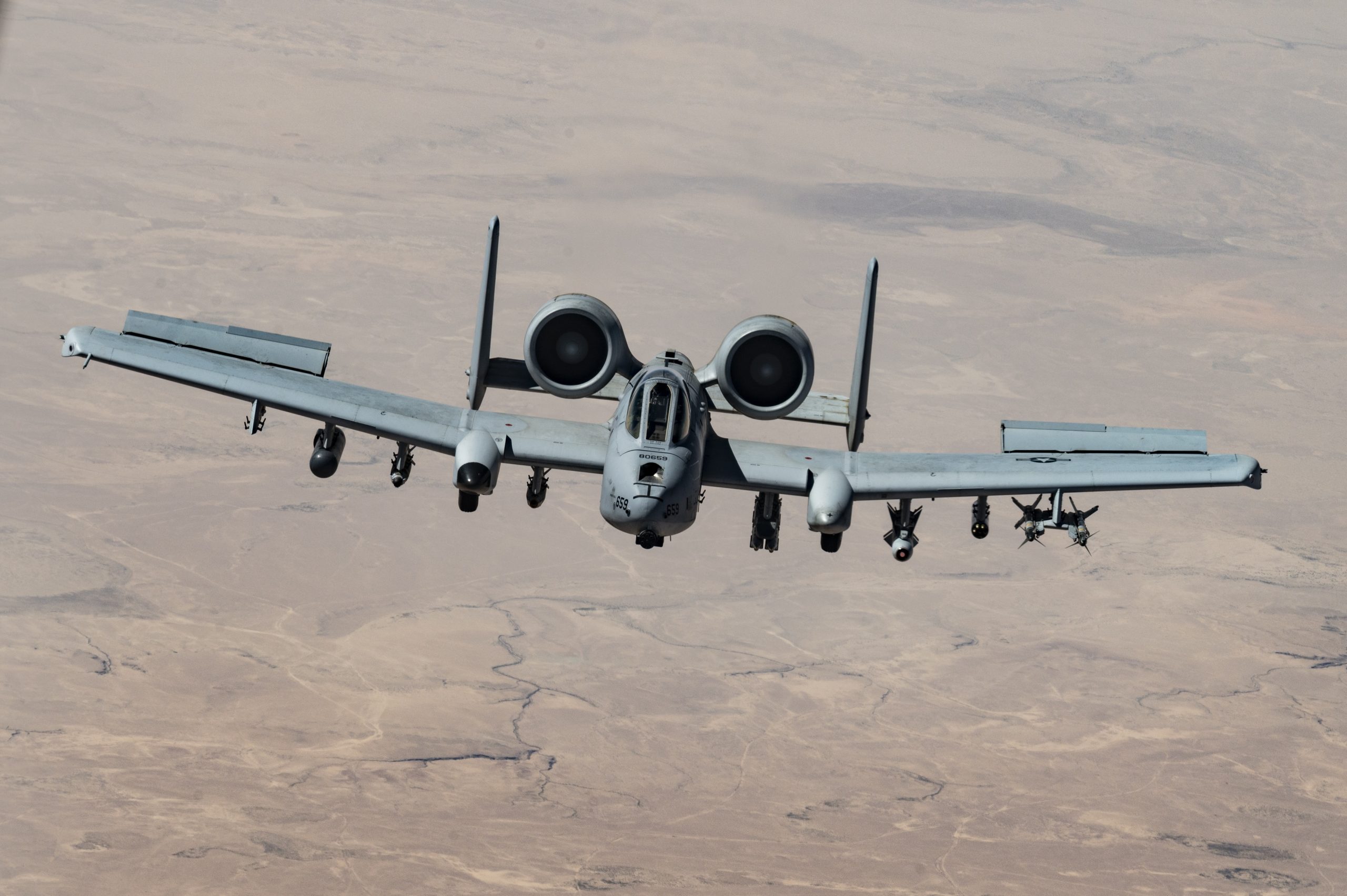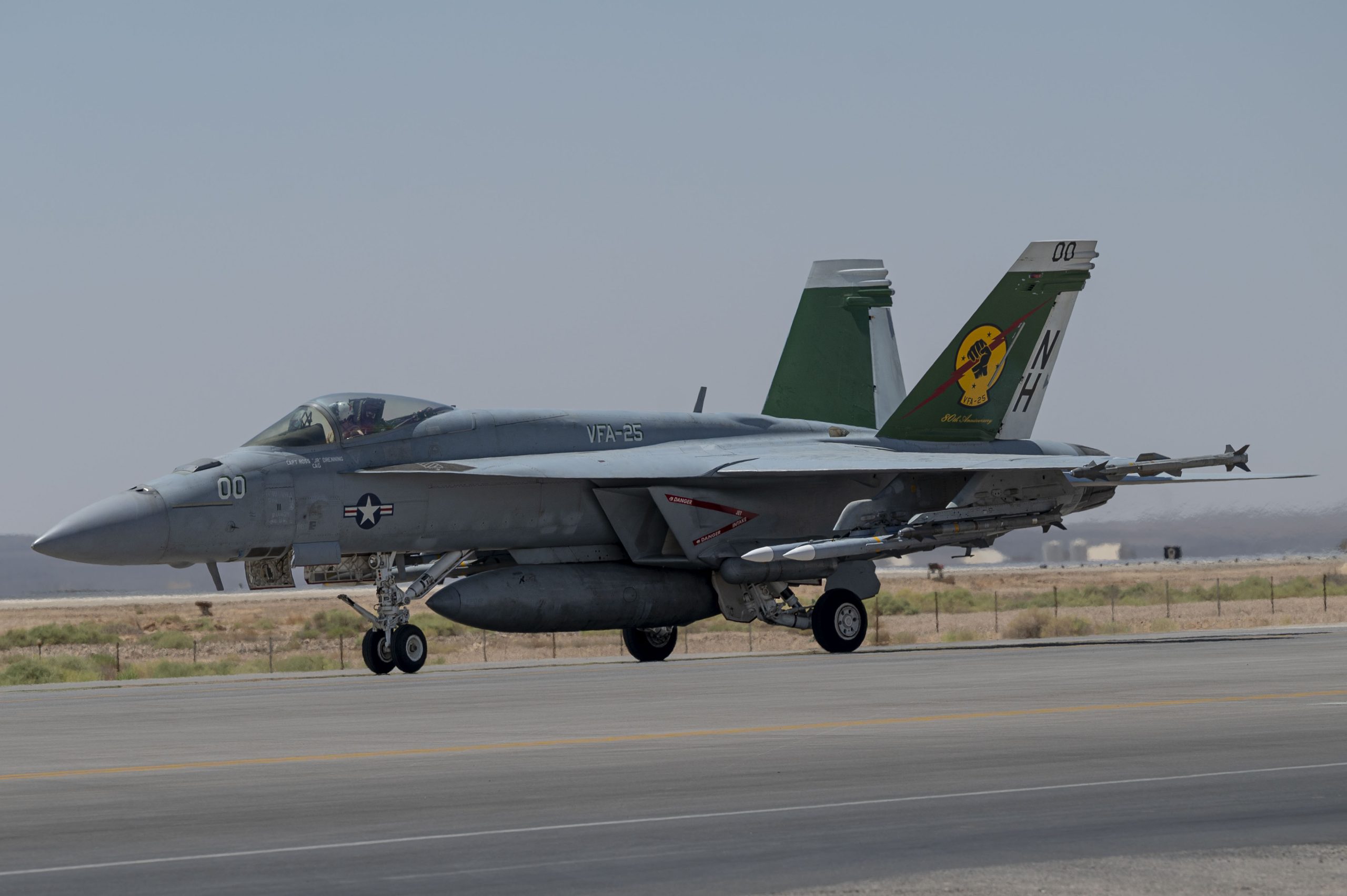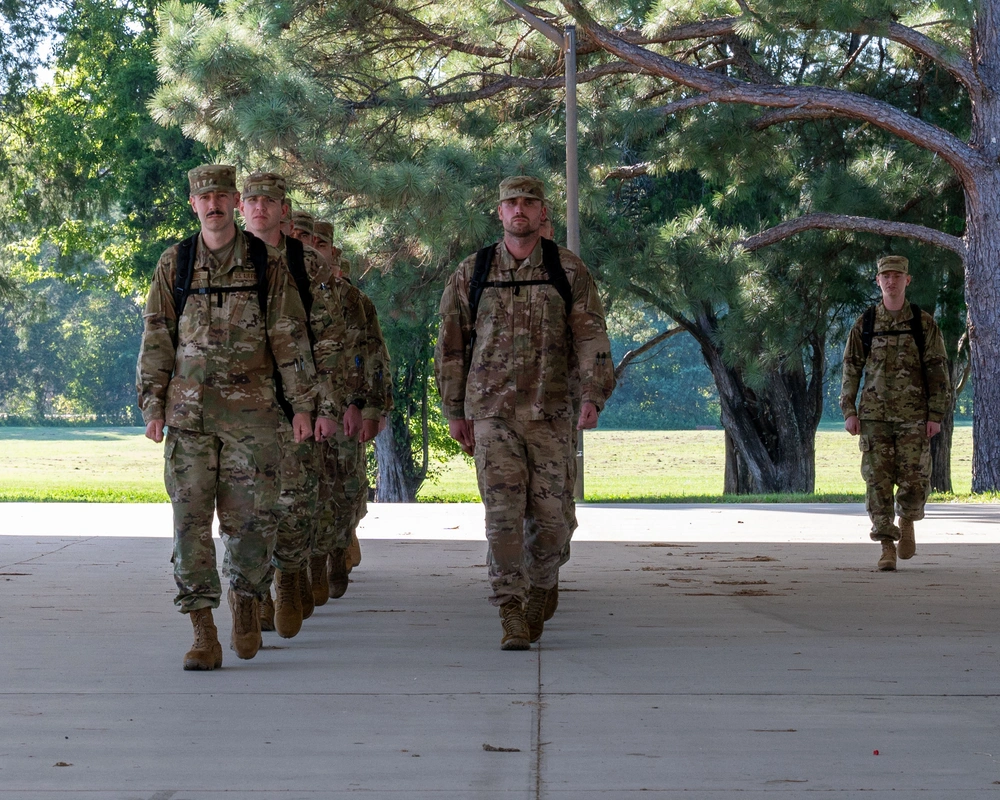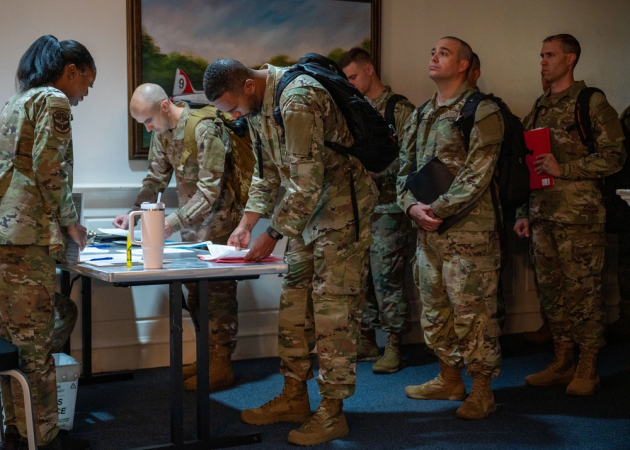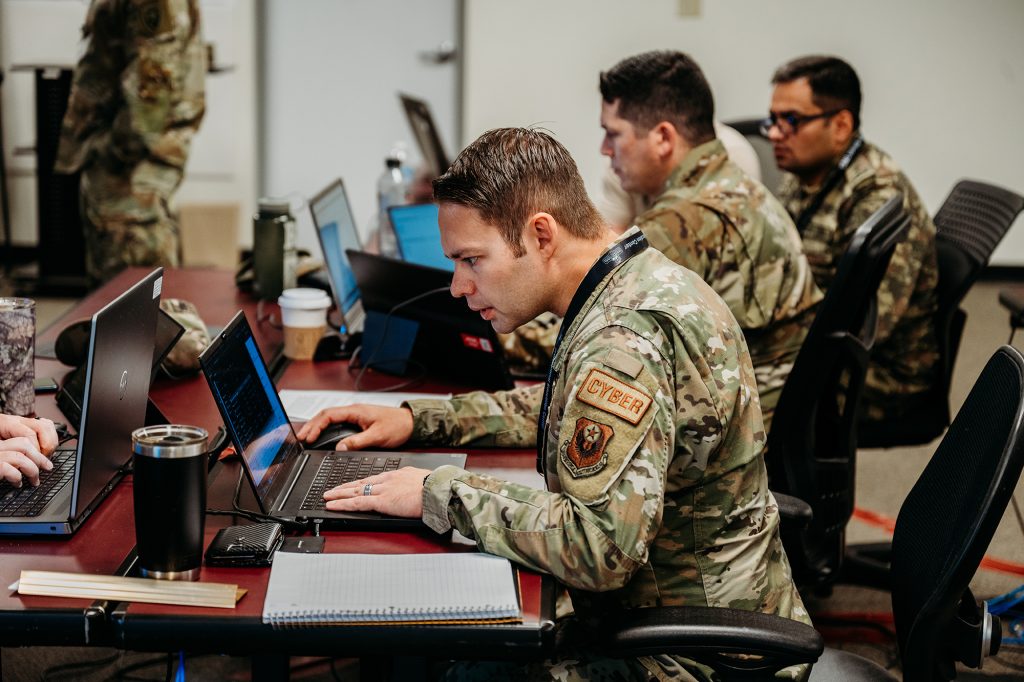There is no set timeline for retiring the B-1 and B-2 bomber fleets, but when one is established it will be based on strategic conditions and when the B-21 is available to succeed them, the commander of 8th Air Force said Dec. 4.
In the meantime, putting bombers back on short-notice nuclear alert would be costly and likely require more airplanes, and such plans should be assessed for their need and duration, Maj. Gen. Jason R. Armagost said.
Speaking with the Advanced Nuclear Weapons Alliance Deterrence Center, Armagost said that Air Force Global Strike Command’s Bomber Roadmap—which has not been shared publicly for several years—“will change based on the needs at the time” and has no hard calendar date for the last B-1s and B-2s to leave service.
A previous iteration of the roadmap said the two bombers will phase out in 2031-2032, but this was always dependent on the success of the B-21 program. Global Strike Command has said it expects to have neither the money nor manpower to support four bomber fleets: the B-1, B-2, B-52 and B-21.
“[With] the resourcing decisions that have been made, we know we’re aiming at a two-bomber fleet,” Armagost said. “But bombers aren’t just about” numbers of airplanes, but “about targets and target requirements and deterrents. And so that being said, that’s part of the ongoing discussion about what the bomber roadmap actually means.”
The infrastructure to support the bomber fleet is crucial as well, based on a “very well-planned-out and well thought-through plan“ for how to integrate new B-21s and send older bombers to the Boneyard. The key, Armagost said, is to ensure “no gaps in deterrence.“
Asked if the rise of China’s strategic nuclear arsenal suggests the Air Force will need a larger bomber fleet, Armagost said such decisions are for “people [at a] high level.”
“But again, it’s conditions-based on how we retire platforms. And so those conditions can change day-to-day, moment-to-moment, but I think there’s a very good plan for how we on-board the new, and we will not off-board the old just on a specific date. It will be conditions-based.”
Armagost said another consideration is that the B-21 has capabilities well beyond those of current bombers.
“We’re really trying to figure out … how to employ this differently, because it’s a different kind of airplane,” he said. “It’s sixth-generation stealth, and we can do some very, very interesting things with it that allow us to contest airspace [and] gain access for the penetrating force.
The B-21 is meant to fly in coordination with uncrewed air vehicles like Collaborative Combat Aircraft, Armagost also said.
“Our penetrating force clearly needs to interact with CCAs,” he said.
While CCAs have largely been associated with manned fighters, the Air Force bomber enterprise is staying involved too, Armagost said, “and structurally, I think we’ve preserved that option as far as the communications and the sensors available.”
Indeed, Armagost noted that “a large aircraft, like a bomber, has many apertures and many radios, and in many cases, more crew members to be able to manage things like that,” suggesting bombers may have a CCA management mission.
Asked if the heightened tensions with Russia and China mean the bomber force should go back on short-notice alert, Armagost said a broad statement about returning to alert would be “unhelpful.”
The question, he said, “always becomes about how long, and to what purpose, right? And so I think we understand pretty clearly how we would do it, and probably about how long we could do it with the current force construct we have.” But since the last time bombers were on alert, crew ratios have changed and the bomber force has decreased in size by a third.
The practical question becomes, “what would our force have to be constituted like to do that in the same way? And it’s a different answer than just putting them back on alert for a predetermined amount of time or in response to some kind of crisis. And so I think we understand that pretty well, and those are part of the discussions about how we configure the future force,” he said.
In concert with a number of think-tanks, Armagost said the 8th Air Force is “having richer discussions about what the future force construct looks like.”
Armagost also noted that Bomber Task Forces have been highly successful, expanding the number of overseas bomber bases from three to airfields in “23 percent of the countries in the world.” With each BTF, the Air Force is interacting with “four or five” countries’ air forces and learning a lot about operating in different areas, he said.
There is a “hunger” for partners worldwide to host a BTF, Armagost said, but “they do ask for more bombers than we can give.”” The interactions with other air forces “have been fantastic, and they’re seeming to continue to grow.”
